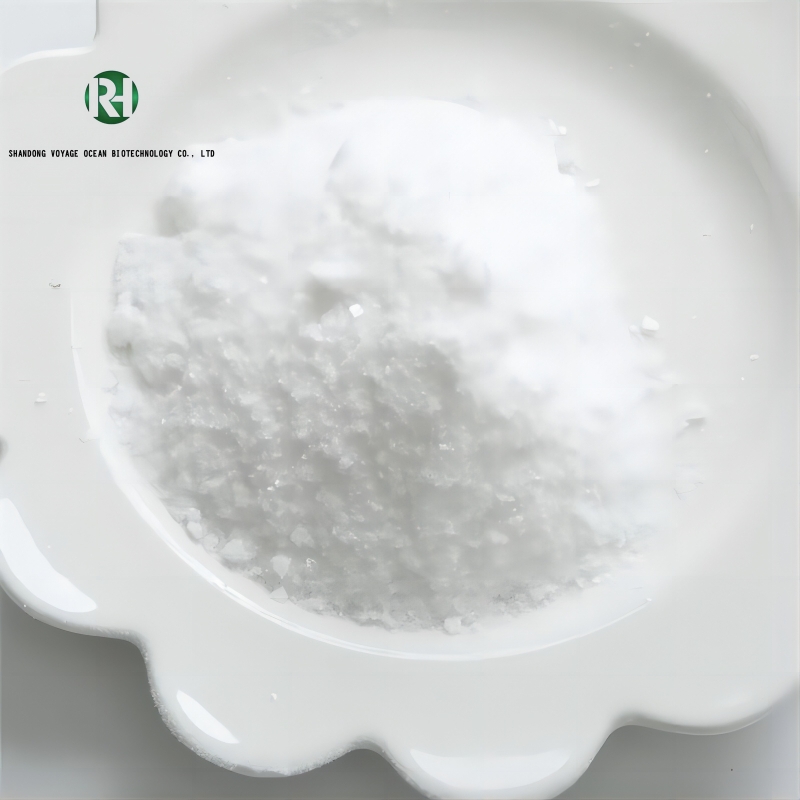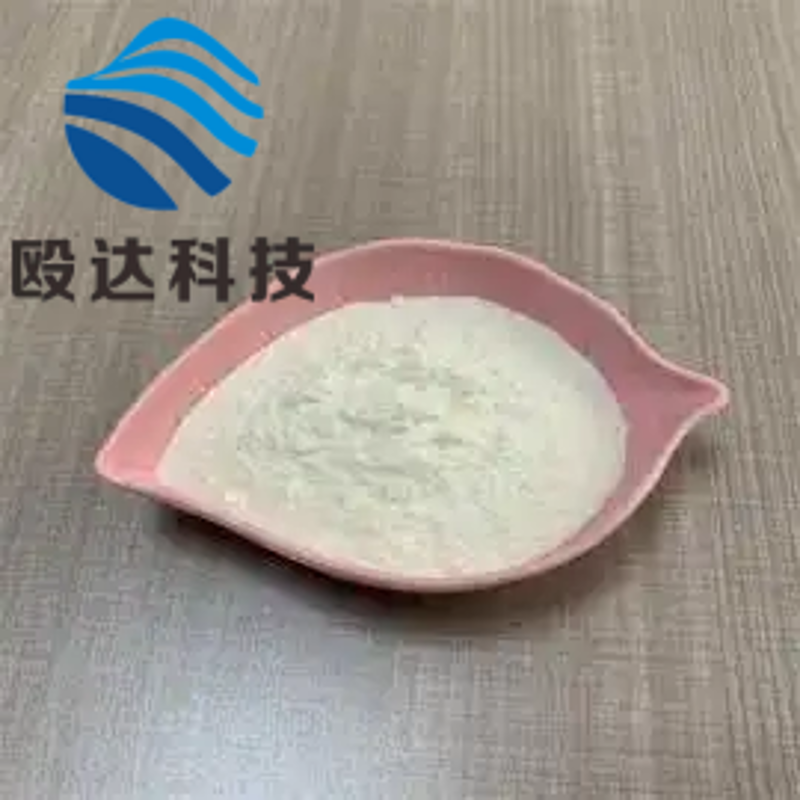-
Categories
-
Pharmaceutical Intermediates
-
Active Pharmaceutical Ingredients
-
Food Additives
- Industrial Coatings
- Agrochemicals
- Dyes and Pigments
- Surfactant
- Flavors and Fragrances
- Chemical Reagents
- Catalyst and Auxiliary
- Natural Products
- Inorganic Chemistry
-
Organic Chemistry
-
Biochemical Engineering
- Analytical Chemistry
- Cosmetic Ingredient
-
Pharmaceutical Intermediates
Promotion
ECHEMI Mall
Wholesale
Weekly Price
Exhibition
News
-
Trade Service
Alpha-iodovalerophenone is an important intermediate in the synthesis of various chemical products, including pharmaceuticals, agrochemicals, and dyes.
It is a colorless liquid with a characteristic iodine-like odor, and it is used as an intermediate in the manufacture of various fine chemicals.
In this article, we will discuss the synthetic routes of alpha-iodovalerophenone, which can be broadly classified into three categories: direct synthesis, indirect synthesis, and enzymatic synthesis.
Direct Synthesis of Alpha-Iodovalerophenone
The direct synthesis of alpha-iodovalerophenone involves the use of iodine and valeric acid as starting materials.
Valeric acid is first converted to its sodium salt, which is then treated with iodine in the presence of a solvent such as DMF or DMSO.
The reaction is exothermic, and care must be taken to ensure that the temperature does not exceed 70-80°C, as this can result in the formation of unwanted side products.
The product is then extracted with a solvent such as ether or DCM, and the organic phase is washed with water and then brine.
The organic phase is then dried over anhydrous sodium sulfate, and the solvent is removed under reduced pressure to yield the desired product.
Indirect Synthesis of Alpha-Iodovalerophenone
The indirect synthesis of alpha-iodovalerophenone involves the use of a common intermediate such as salicylic aldehyde or vanillin, which can be converted to alpha-iodovalerophenone through a series of steps.
One of the most common methods involves the reaction of salicylic aldehyde with a Grignard reagent, which is then treated with iodine in the presence of a solvent such as DMF or DMSO.
The product is then extracted with a solvent such as ether or DCM, and the organic phase is washed with water and then brine.
The organic phase is then dried over anhydrous sodium sulfate, and the solvent is removed under reduced pressure to yield the desired product.
Enzymatic Synthesis of Alpha-Iodovalerophenone
The enzymatic synthesis of alpha-iodovalerophenone involves the use of enzymes such as iodoperoxidase and hydrogen peroxide to convert iodine and valeric acid to the desired product.
The reaction is carried out in the presence of a solvent such as DMF or DMSO, and the product is extracted with a solvent such as ether or DCM.
The organic phase is then washed with water and then brine, and the organic phase is dried over anhydrous sodium sulfate.
The solvent is then removed under reduced pressure to yield the desired product.
Advantages of Synthetic Routes of Alpha-Iodovalerophenone
The synthetic routes of alpha-iodovalerophenone offer several advantages over traditional methods of production.
Firstly, they allow for the synthesis of the desired product in high yield and with high purity, which is essential for use in the manufacture of fine chemicals.
Secondly, they are relatively efficient and cost-effective, as they require less starting material and fewer steps compared to traditional methods.
Finally, they offer a greater degree of control over the reaction conditions, which allows for the optimization of the reaction conditions to improve yield and purity.
Conclusion
Alpha-iodovalerophenone is an important intermediate in the synthesis of various chemical products, and its synthetic routes can be broadly classified into three categories: direct synthesis, indirect synthesis, and enzymatic synthesis.
Each of these routes has its own advantages and disadvantages, and the choice of route will depend on the specific requirements of the application.
The synthetic routes of alpha-iodovalerophenone offer several advantages over traditional methods of production, including high yield, high purity, and greater control over the reaction conditions.







